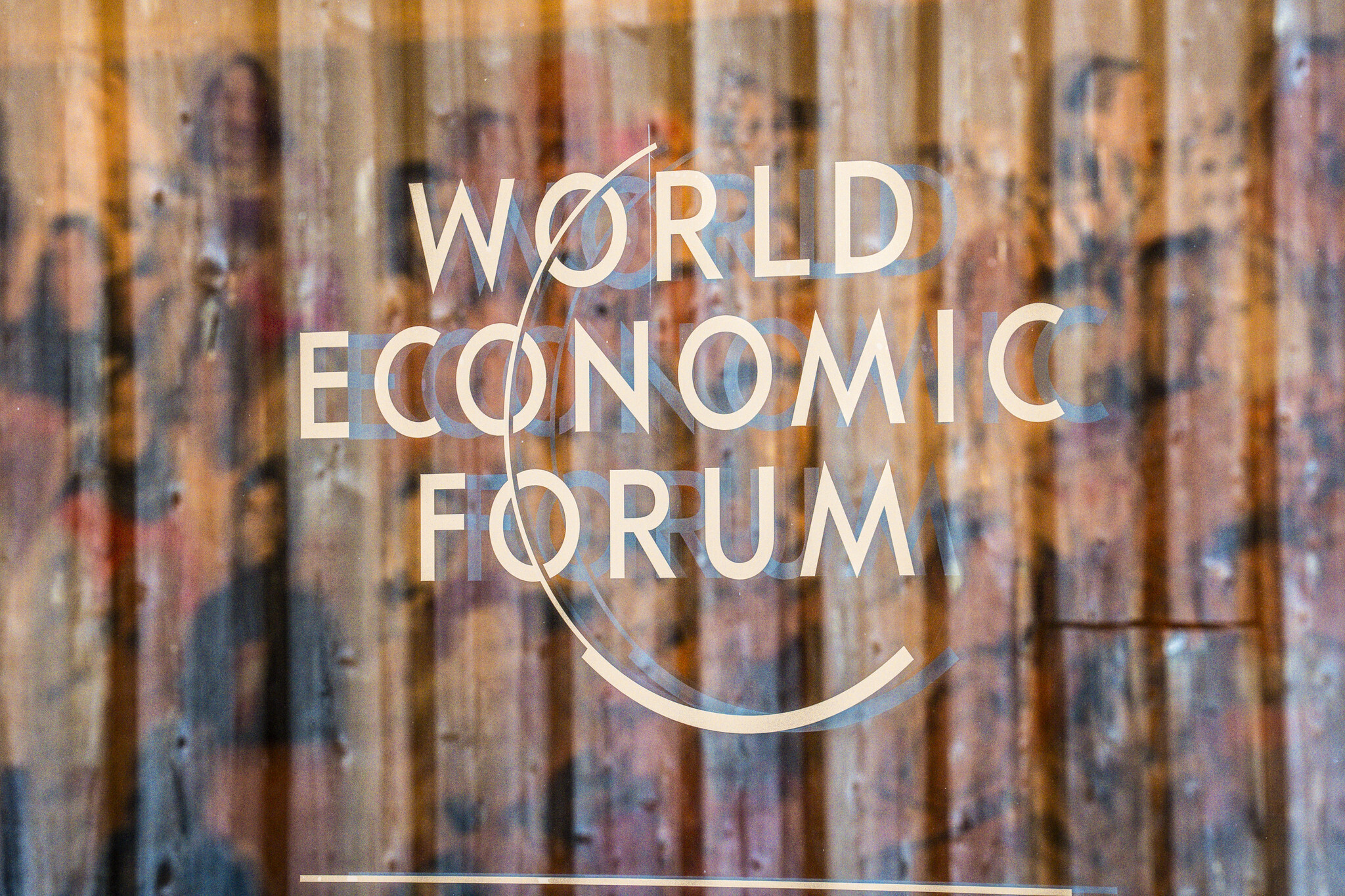Here's how companies should navigate generative AI in the world of work

Generative AI like ChatGPT is just the tip of the AI iceberg. Image: Getty Images/iStockphoto
Listen to the article
- 57% of CEOs and CFOs plan to increase use of AI and automation in their companies.
- This is a cause of concern for people working across various industries.
- However, the true strength of generative AI is to augment, rather than replace, the work of human experts.
Since the release of OpenAI’s GPT-3 large language model in November and subsequent release of GPT-4, there has been much angst about what these advances in generative AI mean for the future of work.
But the impact of generative AI isn’t limited to that of GPT on text generation and the potential consequences for the work of journalists and writers. It includes the impact of DALL-E-2 on image generation, CODEX on coding and MegaMoIBART on drug discovery, to name just a few.
Three main elements underpin the capabilities of generative AI:
- Massive memory and pattern recognition, with capability to connect distant concepts or ideas and draw inferences.
- Low/no code requirements, significantly reducing the premium on coding skills.
- Absence of logic, since it makes predictions based on massive amounts of training data — with significant consequences for its applications to work.
A recent Mercer survey reported that 57% of CEOs and CFOs plan to increase use of AI and automation; nearly one-third are redesigning work to reduce their organizations’ dependency on people.
In Mercer’s 2022 Global Talent Trends Study, the percentage of employees who say automation will significantly change how their work is done has jumped from 44% to 71% in the past two years. Unlike previous iterations of automation that largely impacted repetitive, rules-based work, generative AI will also affect low-volume, highly variable work, leading to what some have termed the “democratisation of creativity.” Work in numerous professions, including that of authors, researchers, lawyers and many others, will be significantly disrupted.
For example, generative AI can summarise a legal document in seconds with incredible accuracy, while a paralegal might spend hours on the same task.
But it’s true strength lies in augmenting — rather than replacing — the work of employees.
A framework for navigating the “next” of work
In the book Reinventing Jobs: A 4-step Approach for Applying Automation to Work, John Boudreau and I demonstrate that companies that lead with the work instead of the technology are better equipped to ensure the optimal combinations of humans and automation. Those companies see where automation can best substitute highly repetitive, rules-based work; where it can augment human creativity, critical thinking and empathy and where it can create new human work.
There are four distinct potential outcomes associated with any body of work:
- Error elimination — think of some of the work of an airline pilot — where the consequences of a mistake are high and there is significant potential for negative value to the organization from any deviation from an acceptable level of performance.
- Minimising variance — such as transaction-processing work — where there is no value in improving performance beyond a target level.
- Improving productivity — the work of a salesperson, for example — where an improvement in performance yields a commensurate improvement in value to the organization.
- Achieving breakthroughs — think of highly creative work, such as data science — where a small improvement in performance has an exponentially large impact on value.

Established automation like Robotic Process Automation (RPA) can be helpful in substituting human endeavor in work where the objective is to reduce variance and there is a greater tolerance for risk. Consider the application of RPA to reduce the variance with which the highly repetitive, rules-based work of analysing and synthesising financial data is performed.
AI has long been used to augment analytical work where productivity improvement or achieving a breakthrough is the goal. Consider how oncologists have used machine learning, trained on significant volumes of specific data and images, to exponentially increase the accuracy of cancer detection, not by replacing skills but by augmenting capabilities and increasing the premium on experience and expertise. However, when it comes to error elimination, we often see automation used to reduce the potential for human error initially through augmentation and then through substitution as the specific data sets, logic and new guardrails are developed.
Generative AI is at a nascent stage and can be prone to error, given its lack of underlying logic. This issue is compounded by the fact that when the stakes are high and our tolerance for risk is low, we are more tolerant of human error than we are of machine fallibility. It is essential that leaders understand when to rely on — and when not to rely on — these technologies at this stage of their evolution, along with the specific roles they should have in human work: substitution, augmentation or creation. Generative AI is most useful in democratising knowledge and creativity through augmentation, lowering the skills premiums traditionally required for a variety of creative tasks where the goal is achieving productivity gains and seeking a breakthrough in domains where there is a high tolerance for risk.
Equally important is understanding the consequences of its use for your talent model. Given that many professions are built on an apprenticeship model, how will you resist the temptation to substitute the work of junior-level talent with AI that may eliminate the next generation of creators, leaders and managers?
A new set of guardrails for the era of generative AI
As we enter this new age of automation, companies should consider the following as they integrate this promising technology into their workflow.
Work model
How will you create a work operating model with the tools and disciplines to analyze work and sustainably and responsibly apply emerging AI and automation?
Talent model
Can you develop a talent model that ensures a sufficient pipeline of skills even as you progressively apply more AI to your work?
Developing future skills
As AI proliferates, ensuring employees do meaningful and sustainable work is critical. How will you find opportunities to automate tasks and free up time for new, value-adding activities while ensuring the seamless upskilling and reskilling of your workforce for the next iteration of work?
Mindset and culture
As AI continues to lower the premium on creativity and democratizes access, how will you ensure the perpetual reinvention of your business model and workforce?
Also, read the World Economic Forum's Future of Jobs Report 2023.
Don't miss any update on this topic
Create a free account and access your personalized content collection with our latest publications and analyses.
License and Republishing
World Economic Forum articles may be republished in accordance with the Creative Commons Attribution-NonCommercial-NoDerivatives 4.0 International Public License, and in accordance with our Terms of Use.
The views expressed in this article are those of the author alone and not the World Economic Forum.
Stay up to date:
Technological Transformation
Related topics:
Forum Stories newsletter
Bringing you weekly curated insights and analysis on the global issues that matter.
More on Forum in FocusSee all
Gayle Markovitz
October 29, 2025







